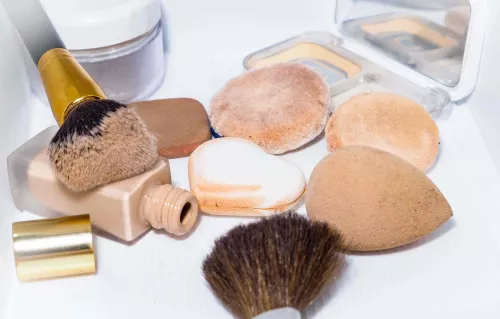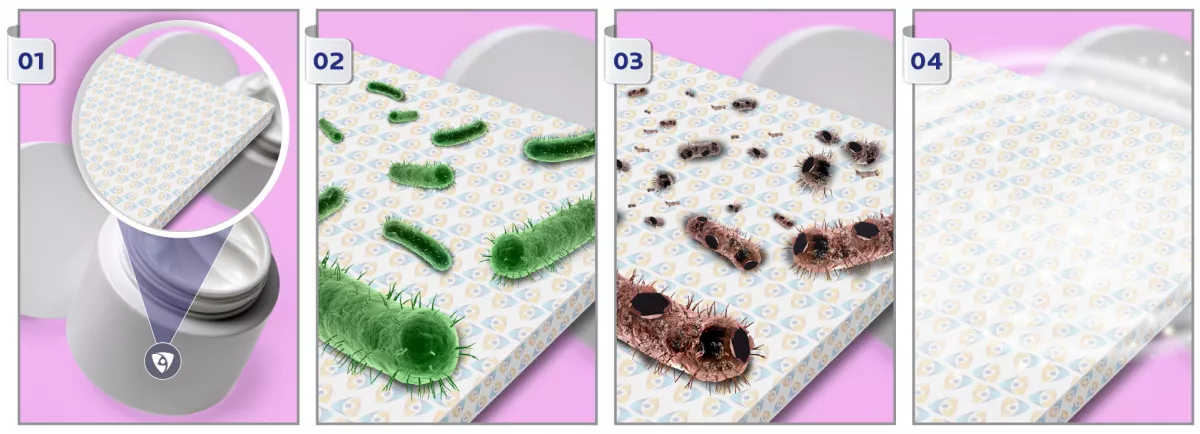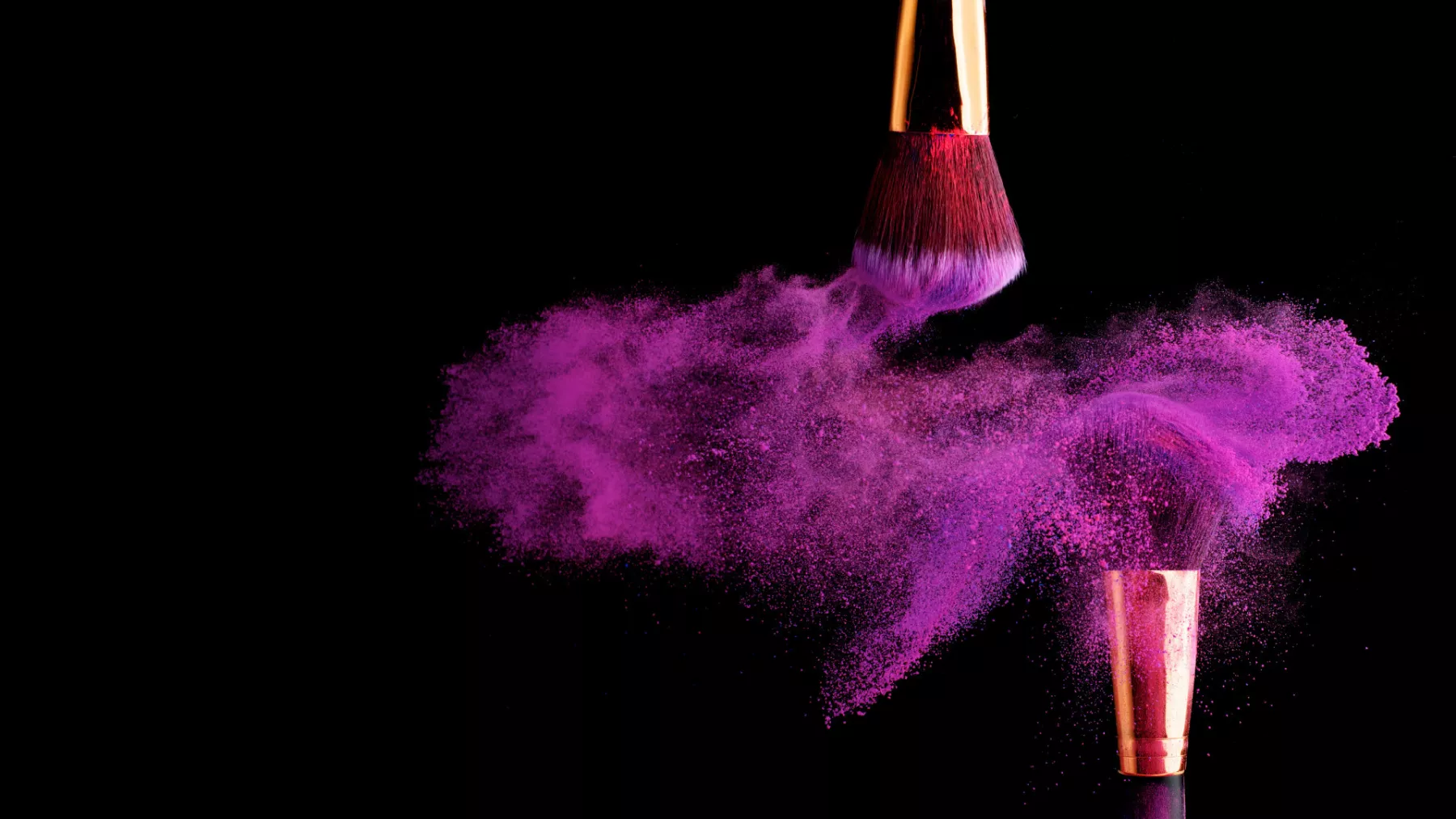The pandemic, coupled with the influx of information about the importance of cleanliness, has made consumers more hygiene conscious than ever before, which has sparked a deeper need for hygienically cleaner products.
However, when it comes to the beauty world, the need for clean goes beyond surface level. With 78% of women wearing makeup everyday, the risk of microbial contaminants on beauty tools remains high. Not to mention, makeup shared or applied in bathrooms, public changing rooms, and on airplanes, trains, and cars gives beauty tools ample opportunity to collect bacteria.
An everyday brush with bacteria
The hard truth of the matter is that beauty products can quickly become a breeding ground for bacteria - all of which can compromise the product’s efficacy and result in premature disposal. Think about it: beauty brushes are dipped into liquid, cream and powder products daily, then brushed over the face picking up dead-skin cells and natural face oils. This can result in an accumulation of microbial growth over time which can degrade the bristles, as well as affect its ability to move freely and transfer beauty products effectively.
Research has shown that makeup brushes and beauty sponges can be dirtier than the average toilet seat. In support of this, Aston University discovered bacteria on 9 out of 10 daily cosmetic products, including E.coli and Staphylococci.

Here’s what was found:
Eyeshadow brush: 928 combined colony forming units
Blusher brush: 697.5 combined colony forming units
Beauty blender: 521 combined colony forming units
Concerningly, a separate study pointed out that only 61% of beauty-users are cleaning their makeup brushes once a month, if at all. While regular cleaning helps, bacteria can double in number every 20 minutes, meaning that as soon as a brush is used again, it quickly becomes contaminated.
Therefore, beauty brands and manufacturers should consider complementary solutions to product cleanliness, such as incorporating built-in antimicrobial protection into beauty tools. In addition to preventing the growth of degrading bacteria, Microban technology also works to preserve the product’s integrity.
The jarring effects of microbes on beauty packaging
Microbes thrive in moist, dark environments, like inside the pots and tubes of our most beloved beauty products. This not only affects the aesthetics of the packaging, but it also has a detrimental impact on the product inside it. For example, bacterial proliferation can reduce the shelf life of makeup formulations.
In addition, microbial growth on beauty packaging has an enormous impact on product reuse, with consumers more likely to dispose of packaging that is stained or odorous. This goes against the call for greater packaging sustainability, which can damage the long-term environmental initiatives of leading beauty brands.
As the demand for smarter product design and packaging grows among consumers, the beauty industry can benefit from offering a breadth of packaging products with built-in antimicrobial protection. Integrated during product manufacture, antimicrobial technology actively protects packaging products from unsightly bacteria and mold growth. This not only helps to minimize cross-contamination from packaging to makeup but also encourages thereuse of the packaging itself.
Taking the antimicrobial step towards reusability
With a substantial amount of beauty products out in the market, the storage and packaging of these products at large relies on single-use plastic which is monumentally wasteful.
It is reported that the beauty industry produces more than 120 billion units of packaging each year globally - most of which ends up in landfills and waterways and can take up to 450 years to break down. As a result, 73% of global consumers say they’re willing to change their consumption habits to reduce their environmental impact, according to NeilsenIQ.
The good news is that Microban antimicrobial technologies can help beauty brands and manufacturers enhance the reusability of plastic applicators and cosmetic packaging.
The question is, how?
Integrated during manufacture, the technology becomes an intrinsic feature of the product material, working at cellular level to continuously inhibit the growth of microbes on its surface, without the risk of wearing away, leaching out or washing off. The result is a cleaner, fresher and longer lasting product, providing consumers with added peace of mind and encouraging reusability after multiple uses.

Anti-ageing. Anti-wrinkle. Anti-microbial.
Luckily for the beauty industry, it is not too late to transform common beauty tools into cleaner, more sustainable products. And Microban can help you.
Our antimicrobial technologies can be engineered into materials during product manufacture or applied as a post-treatment coating. Integration is all dependent on how your product is made and what performance properties you’re looking to achieve.
Talk to us today to learn more about our portfolio of chemistries and how they can add value to your beauty products.


